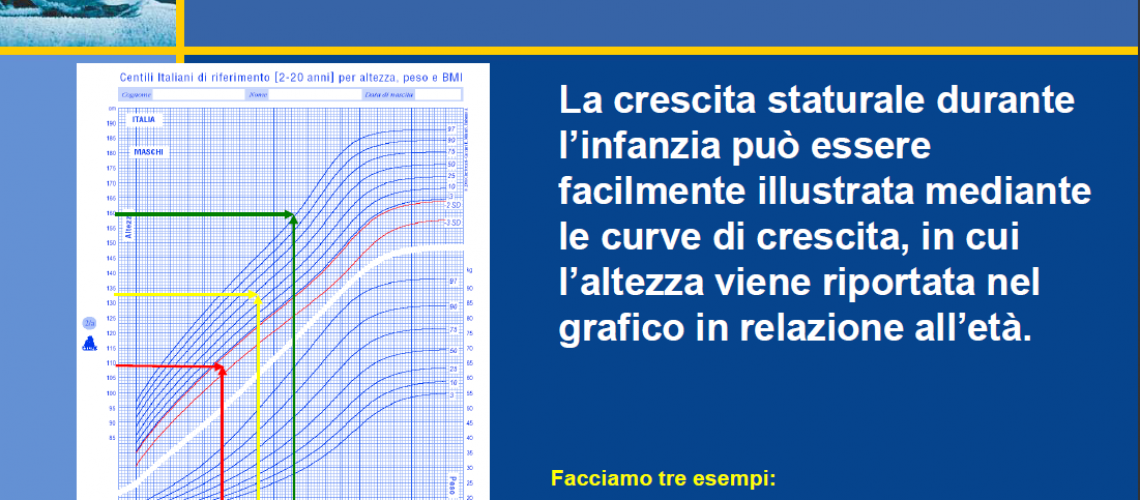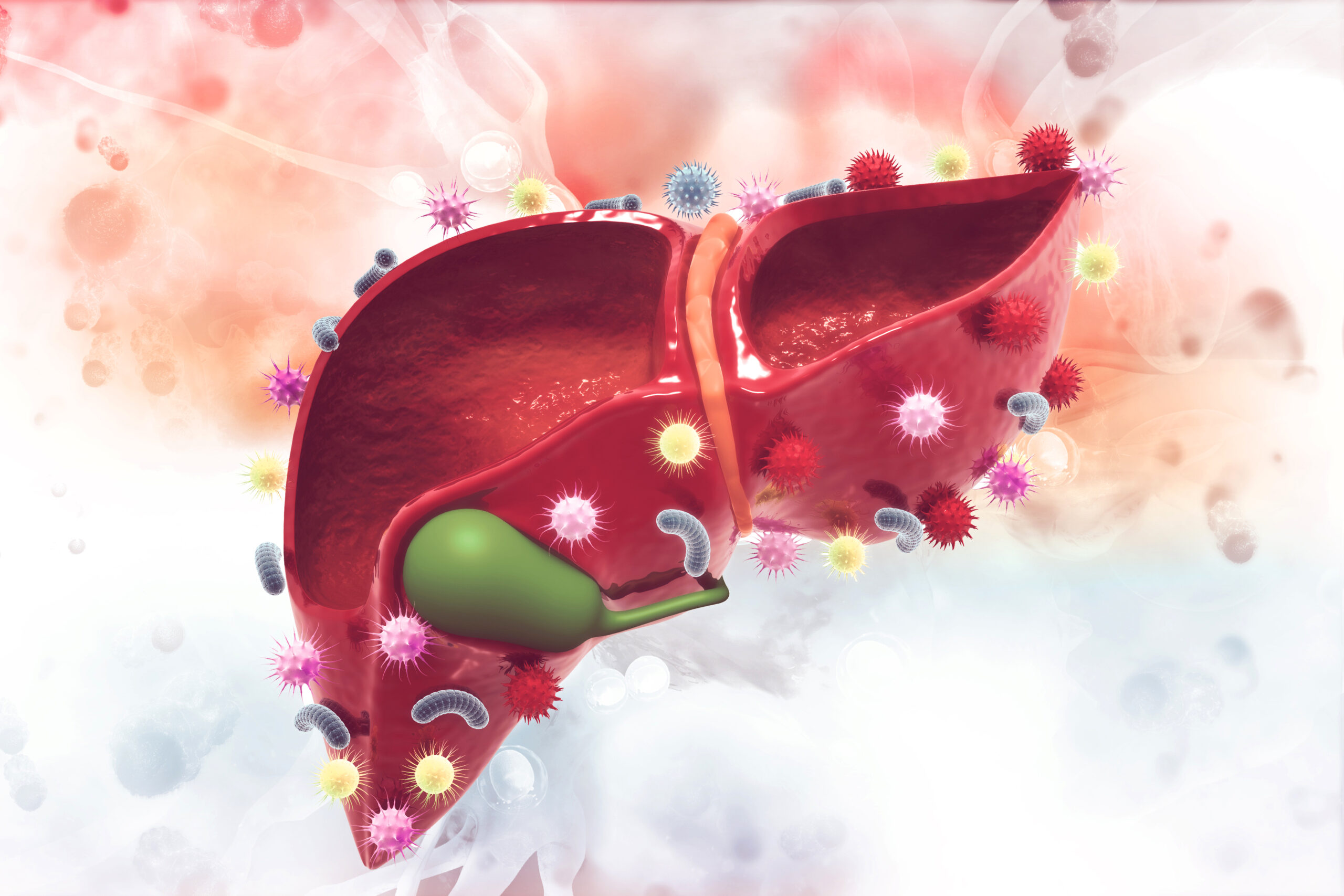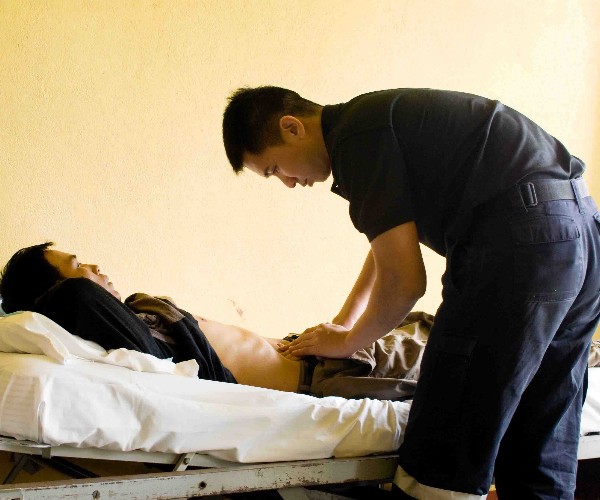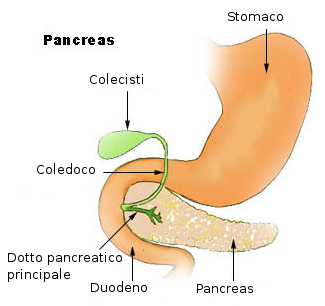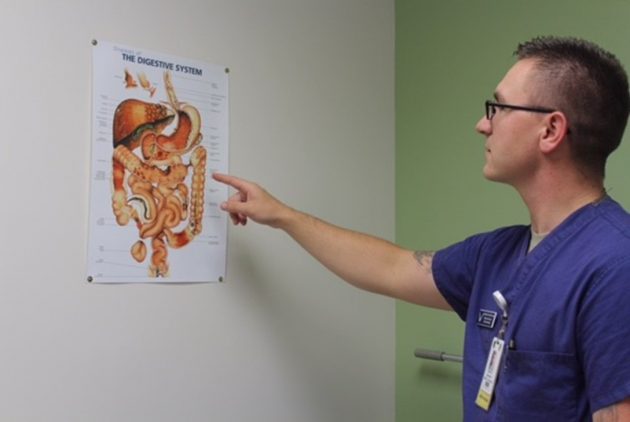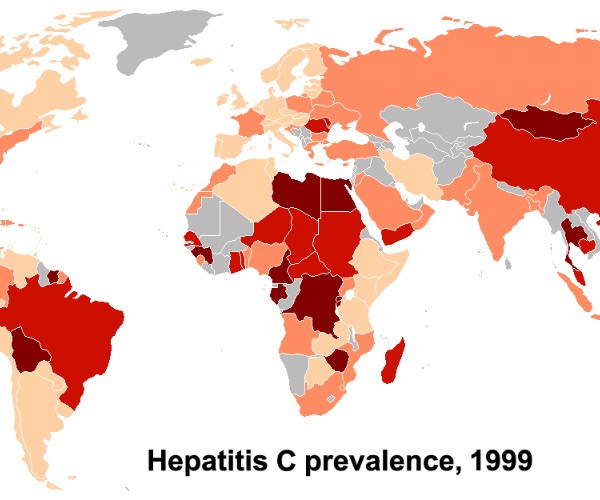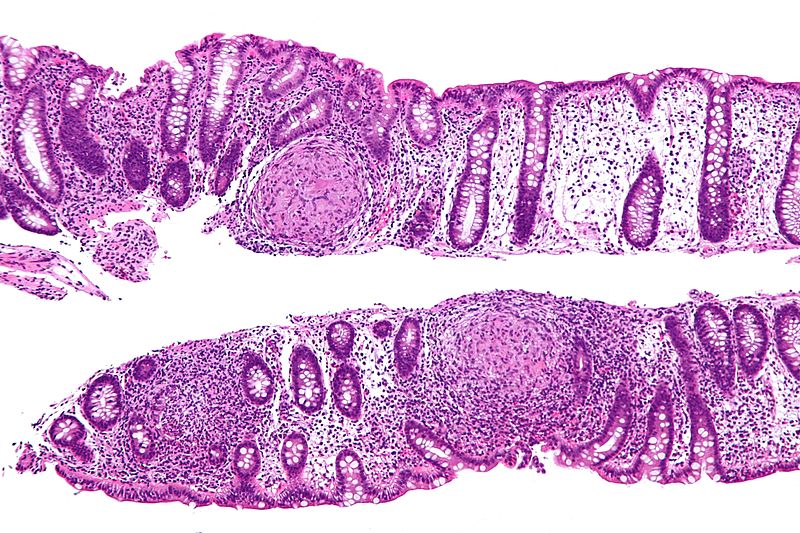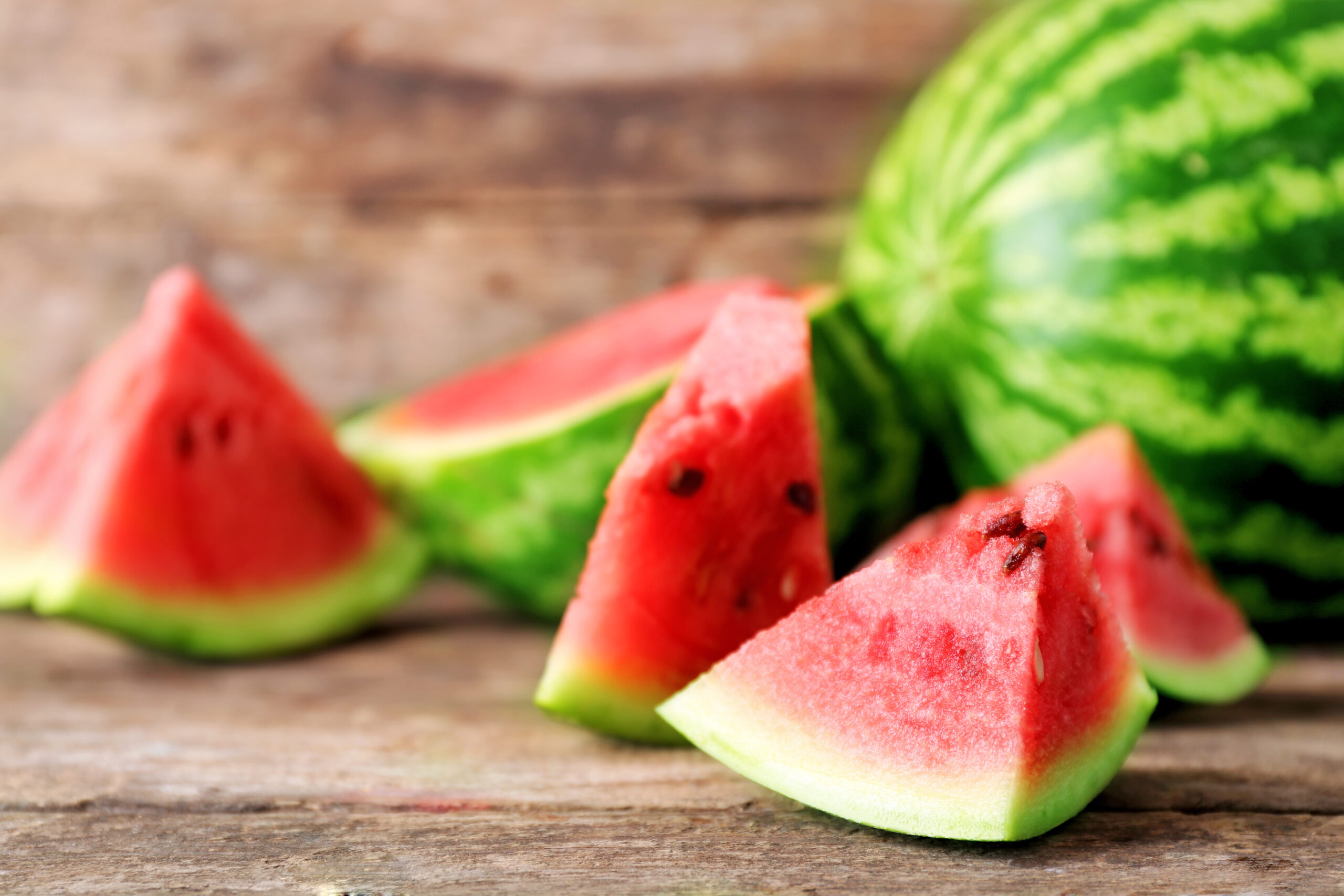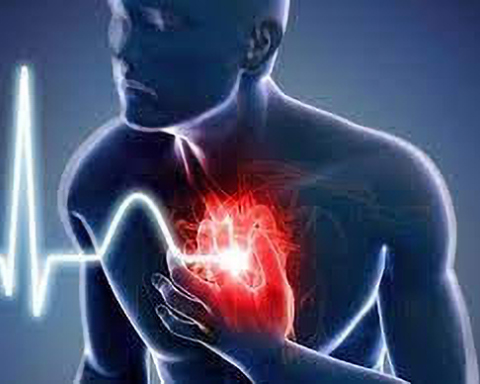“Some growth retardation is a very common phenomenon in the early years of developmental age. This occurs because growth is a complex, multifactorial process in which several components must be considered, starting with genetics and nutrition, which influence as early as the intrauterine stage.” These are the words of Giovanni Corsello, professor of pediatrics at the University of Palermo, regarding an issue-growth disorders or disorders-that is the subject of one of the most frequent pediatric evaluation requests in Italy.
In our country, about 3 percent of children manifest growth disorders. Prof. Corsello explains, “Growth retardation may also depend on hormonal factors that also act decisively to induce the growth spurt in the pubertal period. There are subjects with a simple constitutional growth retardation related to their specific individual genetic make-up; this retardation is then recovered in the pubertal phase also due to the action of hormonal factors.”
The role of the pediatrician
Because pathological or physiological factors can affect growth retardation, the role of the pediatrician becomes critical, whose responsibility it is to recognize whether such factors may be the cause of the slowdown. The parents’ height and the age at which they had pubertal maturation are among the main genetic markers that are taken into account, but the specialist must also assess for the presence of congenital abnormalities, malformations, and problems in neuro-psycho-motor development, which also may be associated with poor growth.
Environmental factors among the causes of growth retardation
Nutrition can also affect growth retardation. In fact, among the pathological causes, the most frequent are environmental ones, that is, related to external factors such as nutrition. A growth retardation can be, for example, “a telltale sign of celiac disease, a very common disease that affects the intestinal mucosa and does not allow it to absorb nutrients from the food taken in. In these cases, the child grows poorly, is pale, and shows vitamin deficiencies, signs that the pediatrician can quickly pick up to facilitate a safe diagnosis, which today is simple and can ensure a full recovery through an effective gluten-free diet,” says Prof. Corsello.
Source: Pappa-Mi
Routine checks on children
To assess the rate of growth, children should be checked regularly, first every three months and then every six to 12 months. If growth is below the third percentile, it is essential to proceed with a bone age assessment. Typically, x-rays are taken of the palm and left wrist to correlate the age of the hand with the rate of development of the ossification nuclei. It goes without saying that more in-depth investigations will be needed if there is co-presence of impaired bone age and pathological stature.
Source: Pappa-Mi





